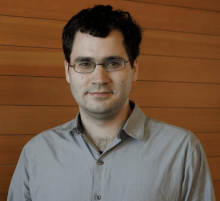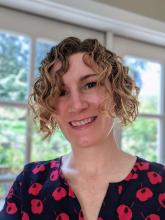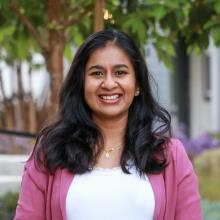You are viewing content from a past/completed QCon
Unconference: Designing for Resilience
What is an unconference?
An unconference is a participant-driven meeting. Attendees come together, bringing their challenges and relying on the experience and know-how of their peers for solutions. A professional facilitator is also there to help keep the discussion moving forward, but where it goes is up to the participants.
It's a facilitated peer group that avoids the hierarchical aspects of a conventional conference, such as a top-down organization. Only the broad themes are predetermined. Everything else is just space for attendees to sound off ideas together, relate to shared challenges and rewards, and identify new ideas and goals.
Our unconference sessions have been based on the Open Space Technology and Lean Coffee format since 2006.
Why are we doing unconference sessions?
We have designed QCon for senior software practitioners. That role comes with demanding challenges and complex problems.
Connecting with your peers in a structured environment allows you to:
- Broaden your perspective with the benefit of the experience of others.
- Challenge how you've been doing things by breaking out of your bubble.
- Learn from peers who have already overcome the challenges you're facing now.
- Benchmark your solutions against other teams and organizations.
- Get real-world perspectives on challenges that might be too novel or specific to find solutions in books or presentations.
- Validate your technical roadmap with real-world research.
- Connect with others like you and build relationships that go beyond the event.
From the same track
Session
Database
How Netflix Ensures Highly-Reliable Online Stateful Systems
Tuesday Oct 3 / 02:45PM PDT
Under most stateless services are stateful databases, caches, and systems which form the bedrock applications are built on.

Joseph Lynch
Distributed Systems Engineer @Netflix Working on Online Datastores and Data Abstractions
How Netflix Ensures Highly-Reliable Online Stateful Systems
Session
Resiliency
How Do We Talk to Each Other? How Surfacing Communication Patterns in Organizations Can Help You Understand and Improve Your Resilience
Tuesday Oct 3 / 01:35PM PDT
As a system increases in inevitable complexity, it becomes impossible for a single operator to have a clear, unambiguous understanding of what's happening in the system. Understanding the system requires a joint effort between teammates and technology.

Nora Jones
Founder and CEO @jeli_io, Founder of Learning From Incidents (LFI) Online Community and Conference
How Do We Talk to Each Other? How Surfacing Communication Patterns in Organizations Can Help You Understand and Improve Your Resilience
Session
Architecture
Disaster Recovery Across a Million Pieces
Tuesday Oct 3 / 10:35AM PDT
Data recovery is more than just backing up and restoring a data store. The goal of any disaster recovery effort is getting the system back to working as expected across all of its parts.

Michelle Brush
Engineering Director, SRE @Google, Previously Director of HealtheIntent Architecture @Cerner Corporation & Lead Engineer @Garmin, Author of "2 out of the 97 Things Every SRE Should Know"
Disaster Recovery Across a Million Pieces
Session
Resiliency
Orchestrating Resilience: Building Modern Asynchronous Systems
Tuesday Oct 3 / 03:55PM PDT
Building asynchronous, event-driven systems can be daunting. Managing states, ensuring resilience, maintaining traceability, and handling a myriad of other challenges often require more effort than building the functionality itself.

Sai Pragna Etikyala
Technical Lead @Twilio
Orchestrating Resilience: Building Modern Asynchronous Systems
Session
Reliability
Designing Fault-Tolerant Software with Control System Transparency
Tuesday Oct 3 / 11:45AM PDT
Teams at NASA and JPL that create mission-critical software for spacecraft take a principled approach to fault tolerance. Let's see how those same principles, centered around a concept of transparency, can help us achieve reliability in pragmatic, modern software delivery settings.

Jon Moore
Staff Software Engineer @Stripe with over 35 years of software engineering experience across both academia and industry
Designing Fault-Tolerant Software with Control System Transparency






